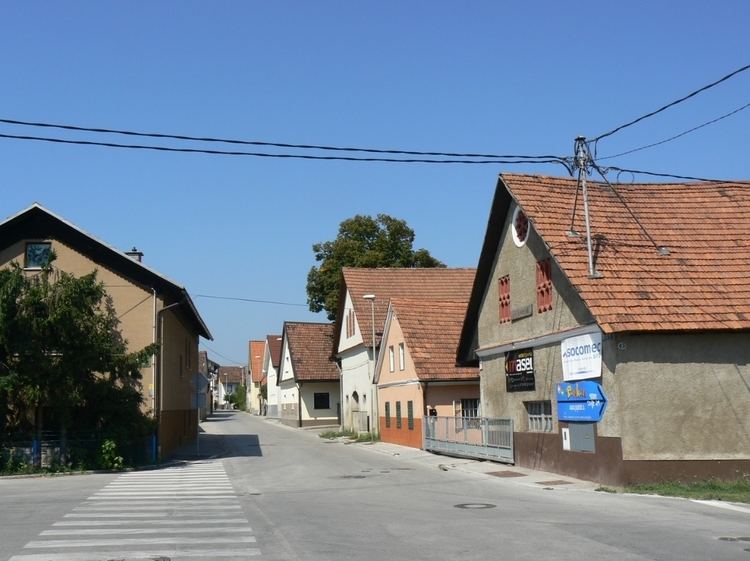Elevation 305 m (1,001 ft) | ||
 | ||
Weather 19°C, Wind SW at 10 km/h, 46% Humidity | ||
61 posavsko tehvanje savlje kle e 2015
Savlje ([ˈsaːu̯ljɛ]; German: Saule) is a formerly independent settlement in the northern part of the capital Ljubljana in central Slovenia. It was part of the traditional region of Upper Carniola and is now included with the rest of the municipality in the Central Slovenia Statistical Region.
Contents
- 61 posavsko tehvanje savlje kle e 2015
- 60 posavsko tehvanje savlje kle e 2014
- Geography
- Name
- History
- Cultural heritage
- Notable people
- References
60 posavsko tehvanje savlje kle e 2014
Geography
Savle is a ribbon village along the orad from Ježica to Šentvid, standing on the edge of the terrace above the Sava River. A hamlet of the settlement, known as Spodnje Savlje (literally, 'Lower Savlje'), stands below the terrace. The soil in the area is partially sand and partially a mix of sand and loam. Fields lie to the north and south of the village. Savlje's water supply is provided by the pumping station at Kleče.
Name
Savlje was attested in historical sources in 1161 as Sawelach (and as Sevlach in 1282 and Cvezlach in 1312). The name is derived from the demonym *Savľane, referring to people living near the Sava River.
History
The first umbrella factory in Yugoslavia operated in Savlje; it was founded in 1882 by Josip Vidmar (1859–1950), the father of the communist politician Josip Vidmar. During the interwar period, the underground communist publication Rdeči prapor (Red Banner) was published in 1931 at the Zatler house in the village, which also served as a refuge for Communist Party members. A plaque on the building commemorates the fact.
During the Second World War, house no. 37 was used as an interrogation center by Italian-backed Anti-Communist Volunteer Militia (MVAC) forces. The wartime border between territory annexed by Italy and Germany initially ran along Savlje Street (Saveljska cesta), dividing the village, but was later shifted to fields further north, whereupon Savlje became part of Italy's Province of Ljubljana.
In 1952, the Tops typewriter factory was established in Savlje. Savlje was annexed by the city of Ljubljana in 1971, ending its existence as an independent settlement.
Cultural heritage
Cultural heritage in Savlje includes the following:
Notable people
Notable people that were born or lived in Savlje include:
